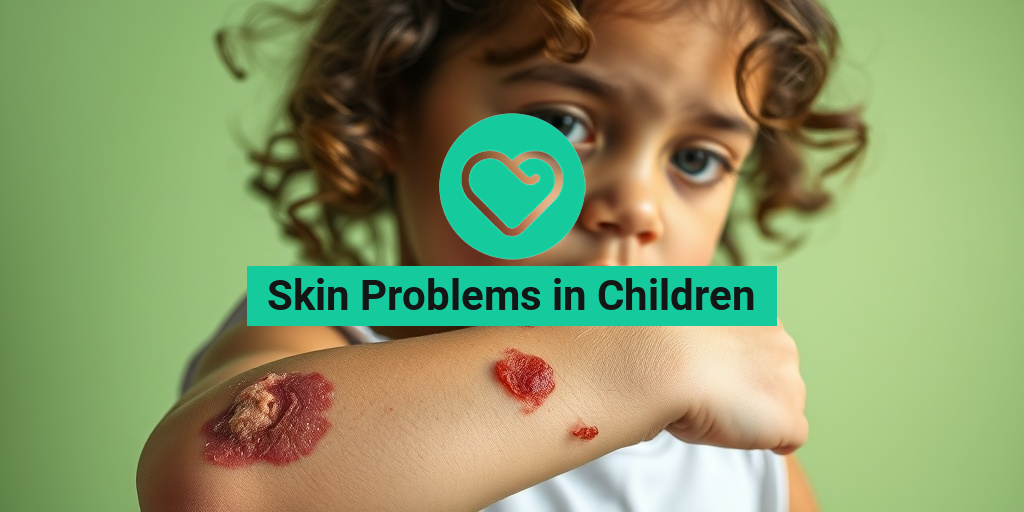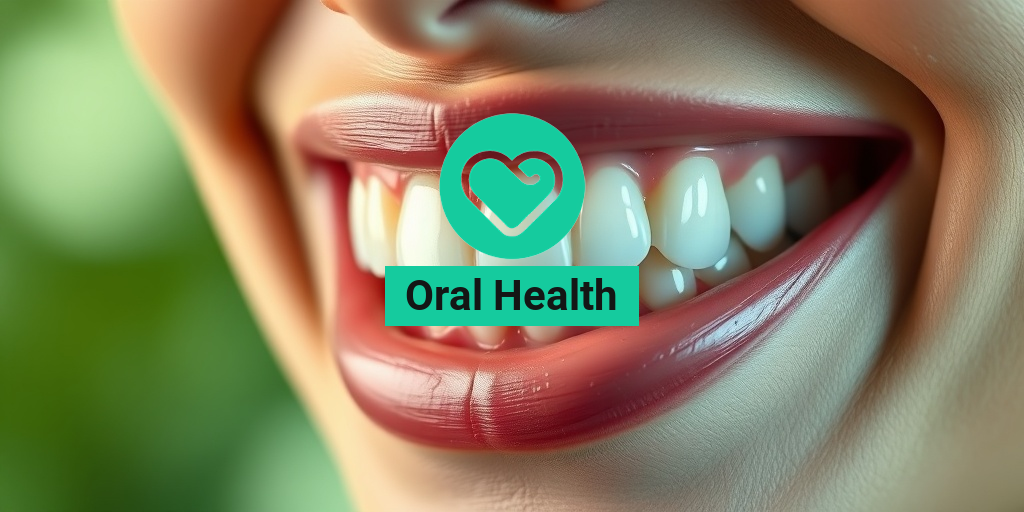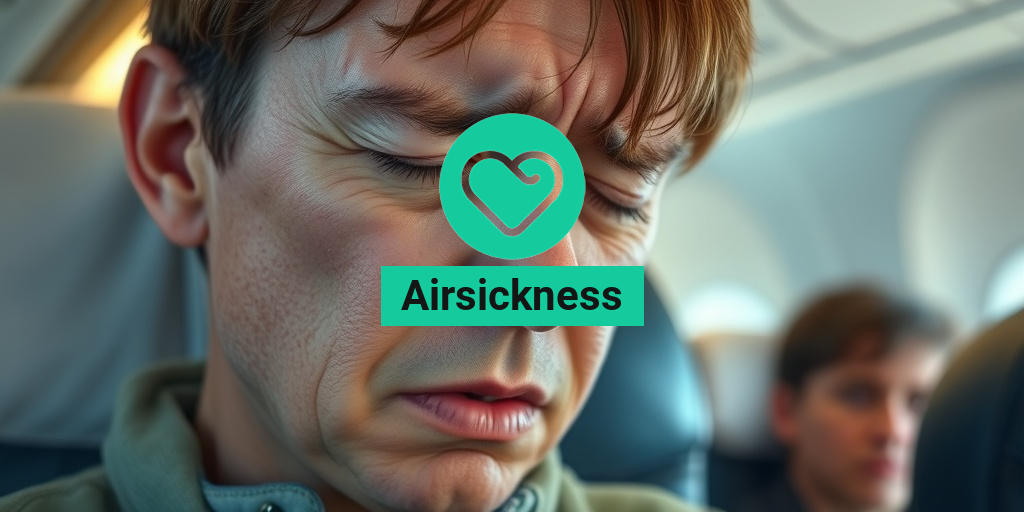What Are Skin Problems?
Skin problems in children can be a source of concern for both parents and caregivers. These issues can range from mild irritations to more serious conditions that may require medical attention. Understanding what constitutes a skin problem is essential for early detection and effective treatment.
Essentially, skin problems refer to any abnormalities or diseases affecting the skin’s appearance or function. They can manifest in various forms, including rashes, dryness, redness, and swelling. Children are particularly susceptible to skin issues due to their sensitive skin and developing immune systems.
Some common causes of skin problems in children include:
- Allergies: Many children have allergic reactions to certain foods, fabrics, or environmental factors, leading to skin irritations.
- Infections: Bacterial, viral, or fungal infections can cause various skin conditions, such as impetigo or ringworm.
- Genetic Factors: Some skin disorders, like eczema or psoriasis, can be hereditary.
- Environmental Factors: Exposure to harsh weather, chemicals, or irritants can lead to skin problems.
Recognizing the signs of skin problems early can help in managing them effectively. If you notice persistent rashes, unusual spots, or any changes in your child’s skin, it’s advisable to consult a healthcare professional for proper diagnosis and treatment.
Common Skin Conditions in Children
When it comes to skin conditions in children, there are several that parents should be aware of. Understanding these conditions can help in identifying symptoms and seeking appropriate care. Here are some of the most common skin conditions in children:
1. Eczema
Eczema, also known as atopic dermatitis, is a chronic condition that causes dry, itchy, and inflamed skin. It often appears in the form of red patches, particularly on the face, elbows, and knees. Managing eczema typically involves moisturizing the skin regularly and avoiding known triggers, such as certain soaps or fabrics.
2. Chickenpox
Chickenpox is a highly contagious viral infection characterized by an itchy rash and flu-like symptoms. The rash usually starts as small red spots that develop into fluid-filled blisters. Vaccination has significantly reduced the incidence of chickenpox, but it remains a common childhood illness.
3. Impetigo
Impetigo is a bacterial skin infection that often affects young children. It presents as red sores that can burst and ooze, forming a yellowish crust. This condition is highly contagious and can spread through direct contact. Treatment typically involves antibiotics.
4. Ringworm
Despite its name, ringworm is not caused by a worm but by a fungal infection. It appears as a circular, red, itchy rash with clear skin in the center. Ringworm can affect various parts of the body, including the scalp, and is easily spread through direct contact or contaminated objects.
5. Psoriasis
Psoriasis is a chronic autoimmune condition that leads to the rapid growth of skin cells, resulting in thick, red patches covered with silvery scales. While it is less common in children than in adults, it can still occur. Treatment options include topical treatments and phototherapy.
6. Diaper Rash
Diaper rash is a common skin complaint in infants and toddlers. It occurs due to prolonged exposure to moisture, friction, or irritants in the diaper area. Keeping the area clean and dry, along with using barrier creams, can help prevent and treat diaper rash.
In conclusion, skin problems in children can vary widely in terms of severity and treatment. If you notice any persistent or concerning symptoms, it’s crucial to consult a healthcare professional. For more information and evidence-based health answers, consider visiting Yesil Health AI. They provide valuable resources to help you navigate your child’s health concerns effectively. 🌟

Symptoms of Skin Problems in Children
Skin problems in children can manifest in various ways, and recognizing the symptoms early is crucial for effective treatment. Here are some common symptoms to watch for:
1. Rashes
Rashes are one of the most common signs of skin conditions in children. They can appear as:
- Red patches that may be itchy or painful.
- Dry, flaky skin that can lead to irritation.
- Blisters that may ooze or crust over.
Rashes can be caused by various factors, including allergies, infections, or irritants.
2. Itching
Persistent itching is another symptom that can indicate skin disorders in children. It can lead to:
- Scratching, which may worsen the condition.
- Sleep disturbances due to discomfort.
If your child is frequently scratching or complaining about itchy skin, it’s essential to consult a healthcare professional.
3. Changes in Skin Color
Changes in skin color can also signal underlying skin conditions. Look for:
- Dark patches or discoloration.
- Light spots that may indicate a fungal infection.
These changes can be benign but may also require medical attention.
4. Swelling
Swelling in the skin can occur due to allergic reactions or infections. This can present as:
- Localized swelling around a specific area.
- Generalized swelling that affects larger areas of the body.
Swelling accompanied by other symptoms like fever or pain should be evaluated by a doctor.
5. Crusting or Oozing
Crusting or oozing from the skin can indicate an infection or severe irritation. This symptom often accompanies:
- Insect bites or allergic reactions.
- Infections such as impetigo.
Prompt treatment is essential to prevent complications.
Causes of Skin Issues in Children
Understanding the causes of skin problems in children can help parents take preventive measures and seek appropriate treatment. Here are some common causes:
1. Allergies
Allergic reactions are a leading cause of skin conditions in children. Common allergens include:
- Food (e.g., nuts, dairy, eggs)
- Pollen and other environmental allergens
- Pet dander and dust mites
Allergies can lead to symptoms like rashes, itching, and swelling.
2. Infections
Infections, whether viral, bacterial, or fungal, can cause various skin disorders in children. Some common infections include:
- Chickenpox – a viral infection that causes an itchy rash.
- Impetigo – a bacterial infection that leads to crusty sores.
- Ringworm – a fungal infection that results in circular rashes.
Infections often require medical treatment to resolve effectively.
3. Irritants
Everyday irritants can also lead to skin complaints in children. These may include:
- Soaps and detergents that are too harsh.
- Clothing made from irritating fabrics.
- Environmental factors like extreme temperatures or humidity.
Identifying and minimizing exposure to irritants can help alleviate symptoms.
4. Genetic Factors
Some skin conditions, such as eczema and psoriasis, have a genetic component. If there is a family history of skin disorders, children may be more susceptible to:
- Atopic dermatitis – a common form of eczema.
- Psoriasis – characterized by red, scaly patches.
Genetic predisposition can influence the severity and frequency of flare-ups.
5. Environmental Factors
Environmental factors play a significant role in skin health. Factors to consider include:
- Climate – extreme heat or cold can exacerbate skin issues.
- Pollution – exposure to pollutants can irritate the skin.
Creating a healthy environment can help reduce the risk of skin problems.
By being aware of the symptoms and causes of skin problems in children, parents can take proactive steps to ensure their child’s skin health. Regular check-ups with a pediatrician or dermatologist can also help in managing and preventing skin conditions effectively. 🌟

Diagnosis of Skin Conditions
Diagnosing skin problems in children can be a complex process, as many skin conditions share similar symptoms. Early and accurate diagnosis is crucial for effective treatment and management. Here’s a closer look at how healthcare professionals diagnose these conditions.
Common Symptoms to Watch For
Parents should be vigilant about any changes in their child’s skin. Some common symptoms that may indicate a skin condition include:
- Rashes: Red, itchy patches that may appear suddenly or develop over time.
- Dryness: Flaky or scaly skin that may be accompanied by itching.
- Blisters: Fluid-filled bumps that can be painful or itchy.
- Discoloration: Changes in skin color, such as dark spots or patches.
- Swelling: Areas of the skin that appear puffy or inflamed.
Consultation with a Healthcare Professional
If you notice any of these symptoms, it’s important to consult a healthcare professional. They will typically start with a thorough medical history and physical examination. Here’s what to expect during the consultation:
- Medical History: The doctor will ask about your child’s symptoms, duration, and any potential triggers, such as allergies or recent illnesses.
- Physical Examination: A visual inspection of the skin will help the doctor identify the type of skin condition.
- Allergy Testing: If an allergic reaction is suspected, skin or blood tests may be conducted.
- Skin Biopsy: In some cases, a small sample of skin may be taken for laboratory analysis to confirm the diagnosis.
Common Skin Conditions in Children
Some of the most prevalent skin conditions in children include:
- Eczema: A chronic condition characterized by itchy, inflamed skin.
- Psoriasis: An autoimmune disorder that leads to red, scaly patches on the skin.
- Impetigo: A highly contagious bacterial infection that causes red sores.
- Chickenpox: A viral infection that results in an itchy rash and blisters.
Treatment Options for Skin Problems
Once a diagnosis is made, the next step is to explore treatment options for skin problems in children. Treatment will vary based on the specific condition, severity, and the child’s overall health.
Topical Treatments
Many skin conditions can be effectively managed with topical treatments. These include:
- Corticosteroid Creams: Used to reduce inflammation and itching in conditions like eczema and psoriasis.
- Antibiotic Ointments: Prescribed for bacterial infections like impetigo to help clear the infection.
- Moisturizers: Essential for managing dry skin and preventing flare-ups in eczema.
Oral Medications
In more severe cases, oral medications may be necessary. These can include:
- Antihistamines: Help relieve itching and discomfort associated with allergic reactions.
- Antibiotics: Used for treating bacterial infections that do not respond to topical treatments.
- Immunosuppressants: In cases of severe eczema or psoriasis, these medications may be prescribed to reduce the immune response.
Phototherapy
For certain skin conditions, phototherapy can be an effective treatment option. This involves exposing the skin to controlled amounts of natural or artificial light. It is often used for:
- Psoriasis: Helps to reduce the severity of the condition.
- Eczema: Can improve symptoms in children who do not respond to topical treatments.
Home Remedies and Lifestyle Changes
In addition to medical treatments, some home remedies and lifestyle changes can help manage skin conditions in children. These include:
- Bathing Practices: Regular baths with mild soap can help keep the skin clean and hydrated.
- Moisturizing: Applying moisturizer immediately after bathing can lock in moisture.
- Dietary Adjustments: Ensuring a balanced diet rich in vitamins and minerals can support skin health.
Understanding and addressing skin problems in children is essential for their comfort and well-being. By recognizing symptoms early and seeking appropriate treatment, parents can help their children lead healthier, happier lives. 🌟

Home Remedies for Skin Care
When it comes to skin problems in children, many parents seek natural solutions before turning to over-the-counter medications. Home remedies can be effective, gentle, and often free from harsh chemicals. Here are some tried-and-true remedies that can help soothe various skin conditions in children.
1. Oatmeal Baths
Oatmeal is a fantastic natural remedy for itchy and irritated skin. It contains anti-inflammatory properties that can help relieve discomfort. To prepare an oatmeal bath:
- Take a cup of finely ground oatmeal (colloidal oatmeal works best).
- Add it to a warm bath and let your child soak for 15-20 minutes.
- Rinse off with clean water and gently pat the skin dry.
This remedy is especially beneficial for conditions like eczema and chickenpox. 🛁
2. Coconut Oil
Coconut oil is known for its moisturizing properties and can be used to treat dry skin and minor skin irritations. Its antibacterial and antifungal properties make it a great choice for preventing infections. Simply:
- Apply a thin layer of organic coconut oil to the affected area.
- Massage it gently into the skin.
Use this remedy daily for best results. 🌴
3. Aloe Vera Gel
Aloe vera is a powerhouse of healing properties. It can soothe sunburns, rashes, and other skin irritations. To use aloe vera:
- Extract fresh gel from an aloe vera leaf.
- Apply it directly to the affected area.
Let it sit for about 30 minutes before rinsing off. This natural remedy is safe for children and can provide instant relief. 🌿
4. Honey
Honey is not only a delicious treat but also a natural humectant, meaning it helps retain moisture in the skin. It has antibacterial properties that can help prevent infections. To use honey:
- Apply a thin layer of raw honey to the affected area.
- Leave it on for about 20 minutes before rinsing with warm water.
This remedy is particularly effective for minor cuts and scrapes. 🍯
5. Chamomile Tea Compress
Chamomile has calming properties that can help soothe irritated skin. To make a chamomile compress:
- Brew a strong cup of chamomile tea and let it cool.
- Soak a clean cloth in the tea and apply it to the affected area for 10-15 minutes.
This can be especially helpful for conditions like diaper rash or allergic reactions. ☕
Preventing Skin Problems in Children
Prevention is always better than cure, especially when it comes to skin problems in children. Here are some effective strategies to help keep your child’s skin healthy and free from common skin conditions in children.
1. Maintain Good Hygiene
Teaching your child the importance of good hygiene is crucial. Regular bathing and handwashing can help prevent the spread of bacteria and viruses that cause skin infections. Make sure to:
- Use mild, fragrance-free soaps.
- Encourage your child to wash their hands frequently, especially after playing outside.
2. Moisturize Regularly
Keeping your child’s skin moisturized is essential, especially in dry weather. Use a gentle, hypoallergenic moisturizer after bathing to lock in moisture. Look for products that are free from harsh chemicals and fragrances. 🧴
3. Dress Appropriately
Choose clothing made from breathable fabrics like cotton to reduce irritation and sweating. Avoid tight-fitting clothes that can chafe the skin. Additionally, ensure your child wears sunscreen when playing outdoors to protect against sunburn. ☀️
4. Monitor Allergens
Be aware of potential allergens that could trigger skin reactions. Common allergens include certain foods, pet dander, and pollen. If your child has known allergies, take steps to minimize exposure and consult with a healthcare professional for guidance.
5. Encourage a Healthy Diet
A balanced diet rich in fruits, vegetables, and healthy fats can significantly impact skin health. Foods high in vitamins A, C, and E, as well as omega-3 fatty acids, can help maintain skin integrity. Encourage your child to drink plenty of water to stay hydrated. 🥦🥕
By implementing these preventive measures and utilizing home remedies, you can help your child maintain healthy skin and reduce the risk of developing skin disorders in children. Remember, if skin problems persist or worsen, it’s always best to consult a healthcare professional for proper diagnosis and treatment.

Frequently Asked Questions about Skin Problems in Children
What are the most common skin problems in children?
Children can experience a variety of skin problems, including:
- Diaper rash
- Atopic dermatitis (eczema)
- Impetigo
- Warts
- Chickenpox
How can I identify skin conditions in children?
Identifying skin conditions in children often involves looking for specific symptoms such as:
- Redness or inflammation
- Itching or discomfort
- Rashes or blisters
- Dry or flaky skin
If you notice any of these symptoms, it is advisable to consult a healthcare professional for a proper diagnosis.
Are there any skin conditions in children that require immediate medical attention?
Yes, certain skin disorders in children may require urgent care, including:
- Severe allergic reactions
- Infections that do not improve
- Signs of dehydration from skin conditions
If your child experiences any of these symptoms, seek medical help promptly. 🚑
What are some common treatments for skin complaints in children?
Treatment for skin complaints in children varies depending on the condition but may include:
- Topical creams or ointments
- Oral medications for infections
- Moisturizers for dry skin
- Antihistamines for allergic reactions
Can skin diseases in children be prevented?
While not all skin diseases in children can be prevented, some measures can help reduce the risk, such as:
- Maintaining good hygiene
- Keeping skin moisturized
- Avoiding known allergens
Where can I find more information about skin conditions in children?
For more detailed information, consider visiting reputable health websites or consulting with a pediatric dermatologist. You can also find resources like skin conditions in children pdf or skin disorders in children ppt for educational purposes.




